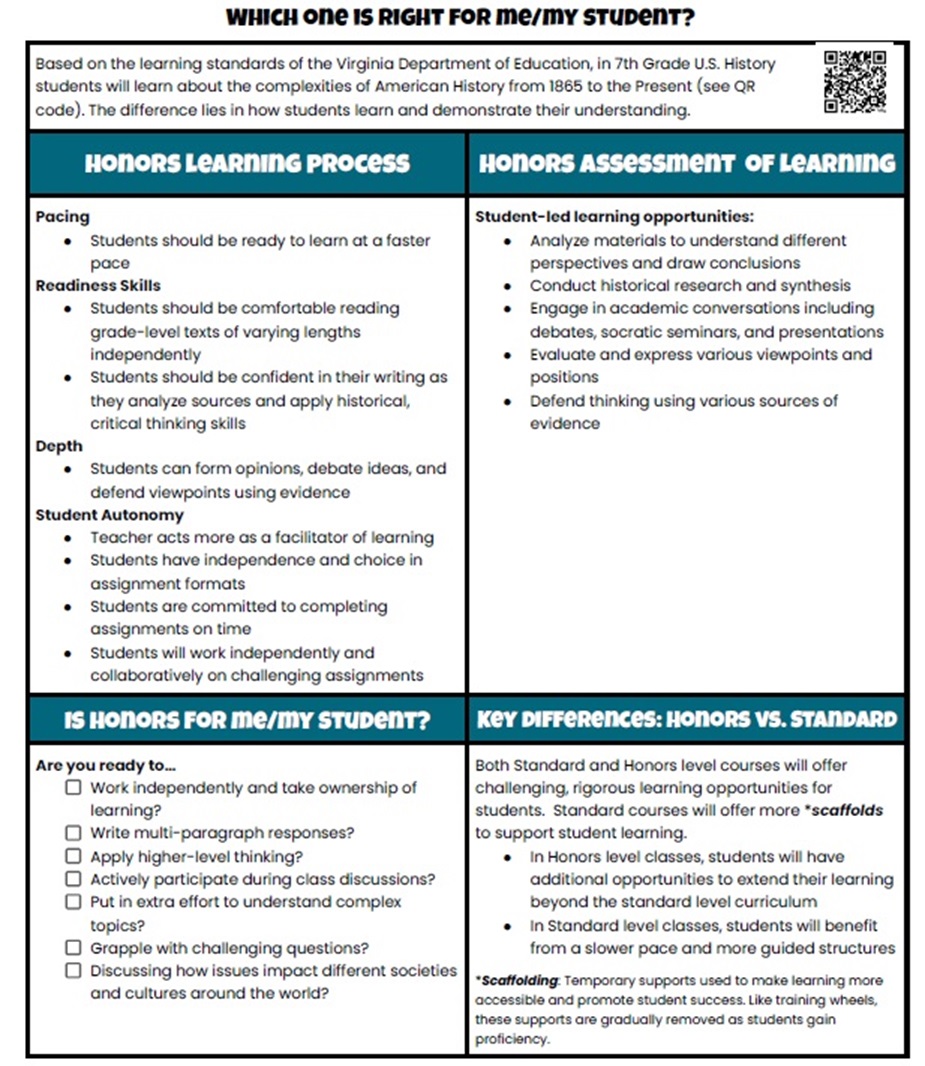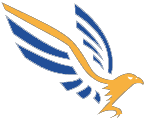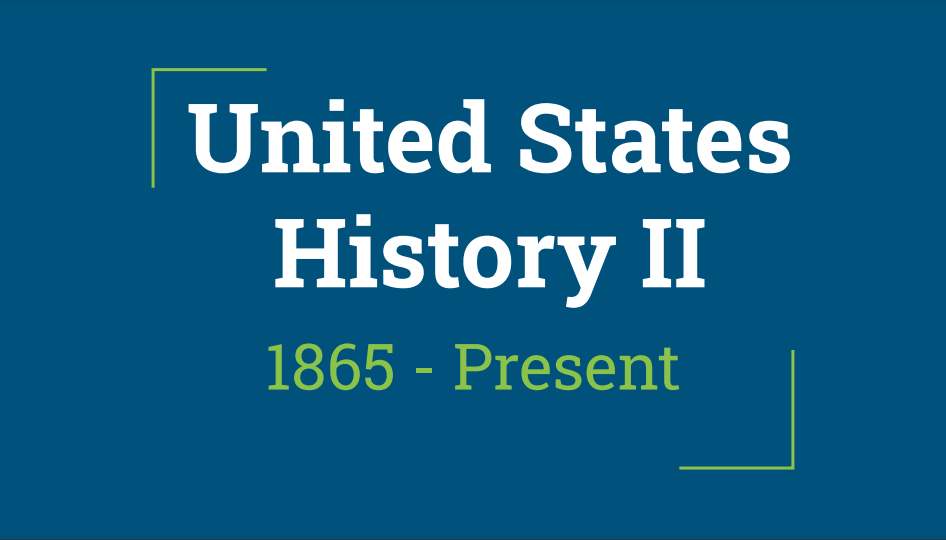Required 7th Grade Classes - US History

US History
WELCOME TO US HISTORY 7 !
In their 7th grade year, your student will be learning about United States History from 1865-the Present. Picking up where 6th grade ends, we cover topics including US Reconstruction, The Gilded Age, World War I, the 1920s, the Great Depression, World War II, The Cold War and the Civil Rights Movement of the 1950s-1960s. Throughout this year, your student will develop their critical and creative thinking, as well as their writing skills. Comparing actions and events over time, your student will get an introduction into American history. They will participate in group projects, research new topics they are interested in and complete monthly current event assignments. Throughout the year, your student will develop FCPS Portrait of a Graduate skills; take a look below to see what students have done throughout the years!
COLLABORATOR
Throughout the year, your student will have the opportunity to work with others. Students work independently, but are often in groups for primary source work, class activities and even projects. Your student will develop their skills in problem solving and collaborating with peers throughout the year.
COMMUNICATOR
In US History 7 all students engage in academic conversations such as Socratic Seminar, Structured Academic Controversy, and Philosophical Chairs. These activities promote a student-centered approach to class discussions that empowers students to actively engage, ask follow-up questions, own the conversation, promoting fluid, peer-driven dialogue.
COLLABORATOR & ETHICAL / GLOBAL CITIZEN
Students regularly participate in collaborative learning activities in history class. For example, during the Gilded Age unit, students engage in a group project in which they relate modern-day issues to those of the Gilded Age. Topics include wealth inequality, unfair labor practices, and industrial pollution.
CREATIVE & CRITICAL THINKER
During the World War II Unit, students choose to learn more deeply about a specific topic. Following research and further discovery, students create something to show what they learned -- whether a 3-D model, a website, a video, poster or drawing. During project presentations, students show their creations and share what they have learned, applying their topic to the overall World War II unit.



